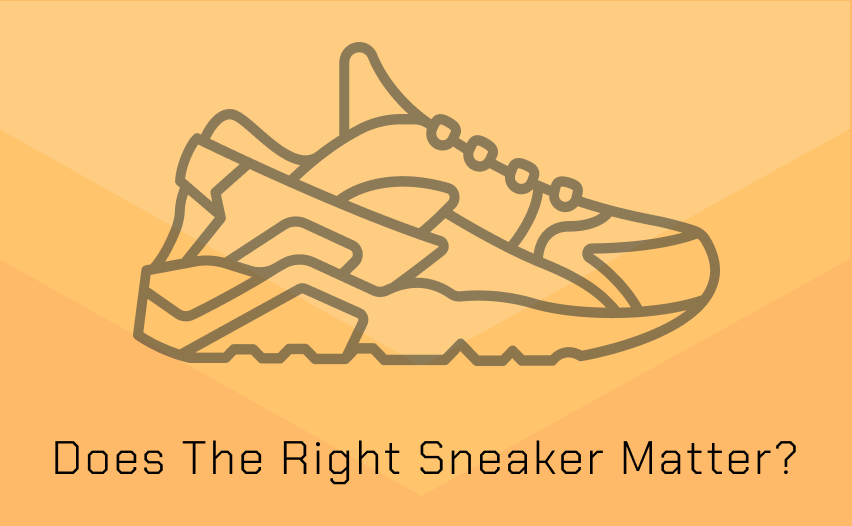When pursuing anything, it’s always important to make sure you have the right gear. Whether it’s for a competitive or casual setting, being properly prepared with the right equipment is always a good measure in making sure that you are properly getting the fullest out of the activities you enjoy. Sure, sometimes those options can prove to be a bit expensive, but whether you’re a hardcore sprinter or a hobby hiker, having the right shoe can go a long way. In this article, we’re going to talk more about why it’s important for you to have the right attire for your feet in all your active pursuits.
When finding the right shoe, it’s important to make sure to think about the activity you’re going to be taking part in, whether that’s running on grass, hiking in the woods, or jogging on the city sidewalk. It’s also important to take into account whether you’re looking for stability or control when it comes to the type of physical activity you’re looking to participate in. These factors should be taken slightly into account when looking for your perfect sneaker or shoe. What factors in specifically is how your foot lands when it hits the pavement. Most sneakers for activewear come into two specific categories: “walking” and “running.” The way that these shoes are designed are mostly around the way your foot hits the surface of what you’re walking on.
So how do we tell when something is made specifically for walking or running? Running shoes tend to be lighter in weight but heavier in cushioning, especially for your heel and toes. Since running is an i intense sport, runners tend to exert more stress on their feet, and exert more energy. Your feet get hotter, and most of the running shoes are made of mesh to allow air to flow freely through the shoe, while keeping the shoe lighter.
Walking shoes, tend to be heavier and less breathable but are used to alleviate stress in a different manner. Walking shoes tend to require better Arch support for your feet, and tend to have more shock absorption for people with high arches in their feet. If you have a flat foot, they also come in a variety that offer stability since more stress is put on feet with smaller arches.
Let’s break these down into different parts so it’s easier to understand what parts of the shoe affect the different parts of the foot:
- For the sole in particular running shoes will have a stiffer sole: walking shoes will have more flexibility.
- In the heel running shoes tend to have thick heel wedges to provide more cushion for the foot. A thick heel when walking can cause tendonitis or shin splints, and can eve cause a walker wearing a running shoe to trip. Walking shoes are usually more beveled, and allow for higher control.
Some other factors in choosing a shoe are separated further into two more categories:
- Motion control is often taken into regard with the rotation of the foot, and is more exaggerated when running. Most running shoes offer motion control to keep the foot more neutral. Walking shoes provide less stability than running shoes, because it’s not as necessary for when you’re running.
- Weight also becomes a factor because as stated earlier, running shoes often are lightweight for faster movement. Walking shoes are never necessarily heavy, but they’re always slightly heavier than running shoes for the specific need for stability.
So when it comes to choosing the right shoe, your options are never really limited! There are thousands of athletic-wear brands out there that make hundreds of workout and activewear shoes in a variety of styles with varying amounts of comfort and support. It’s up to you to decide what’s right for you, but also important to be aware of the type of sneaker you buy before taking part in physical activity. We hope that this article has given you a little bit of insight as to what the best option in footwear!

